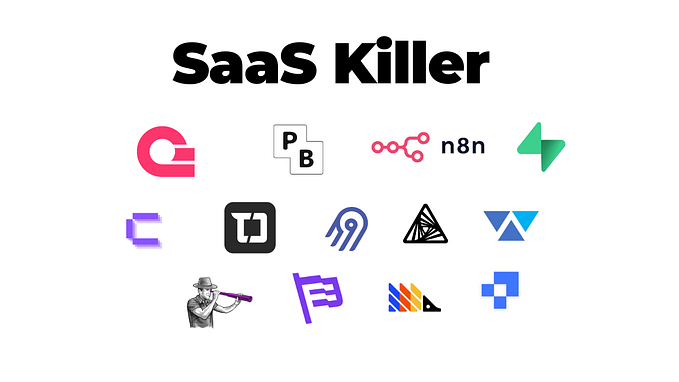Scheduling App Development: Cost & Features : Aalpha

Scheduling application s are gaining popularity. They assist users in automating their duties and avoiding missing critical appointments or forgetting to complete essential jobs. While they are gaining popularity for personal usage, they are an integral element of business operations in the office.
For some applications, booking requirements are straightforward — they need a mechanism for reserving time and sometimes adding payment. However, for others, reservations and scheduling are crucial to the application’s functionality and must be heavily tailored to the provider’s or customer’s individual demands (or both).
Therefore, what is your options if you are the CEO of a startup or an enterprise management company trying to expand your firm by tapping into this burgeoning market? If this is the case, you will need to create a scheduling application.
Form a team to begin the project
To launch and plan the project, you’ll need to form a team app developers. This team should lead on an experienced project manager (PM). You’ll want an experienced software architect and a small number of capable business analysts (BAs).
The project manager should begin by identifying and planning the project’s scope. Later in the project’s lifecycle, the PM should take the execution and control.
The architect should define technical solutions. Business analysts should gather and record business needs.
Determine the Scheduling App features you want to include in the app
Now, your application may not need as much information. Regardless, when consumers are presented with a list of activities to do, there is a strong probability they will be quickly put off and refuse to do so since it seems to take a long time. Divide your form into phases to prevent overloading your users (and maybe losing them entirely) throughout the scheduling process. Rather than overwhelming readers with a whole page of questions, try grouping related questions together and displaying just 1–3 at a time.
Thus, each “step” that a user completes will seem like a bit of victory. It’s a whole mental game, but by assisting your customers in overcoming the mental discomfort associated with filling out lengthy forms, you’ll make it simpler for them.
If payments are a necessary component of your final objective, include them in your booking process and make them as simple as possible.
Include a payment mechanism directly into the booking process rather than allowing users to book services, appointments, and the like and send them an invoice or payment request. This way, things flow smoothly, and no loose ends may overlook. Apart from just introducing payments as a phase, ensure that they are simple. The whole scheduling and payment procedure should be seamless.
When users make reservations, they must be alerted that the transaction was successful. A confirmation email is an optimal method since it confirms their booking is complete and allows you to provide them vital booking data.
In addition to the previous step, ensure that users can reschedule. This option delivers through a confirmation email as a link. Alternatively, you might include a “reschedule” option directly into the app if consumers misplace or forget their confirmation email. This minimizes back-and-forth and ensures that consumers have complete access to all accessible choices.
In addition to confirmation emails, your scheduling function should send reminder emails as the planned event draws near. Again, the reminder emails may contain an opportunity for the recipient to modify or cancel their appointment entirely.
Consider sending several reminder emails — the first one may be sent a week in advance, and the second one can be sent the day before the appointment.
Allow users and customers to check and validate their submitted information before making a booking. You’ve seen it time and time again: after completing a form and before submitting your final payment, you’re allowed to examine the information to ensure it’s all accurate. This is a standard procedure when purchasing airline tickets.
Cost estimation for scheduling applications
The cost of developing scheduling app is determined by various variables. They include the complexity of the application, the number of platforms supported, the cost of a development team, and maintenance. Though it is hard to determine the actual cost of app development, the following are some estimates:
On average, $30,000 for a simple app with limited functionality. On average, $50,000 for a medium-complexity application. $120,000 and above for a sophisticated, feature-rich application.
Plan the MVP
How will you determine if people will like your product? Launch a bare-bones application with limited functionality. Gather market input and, if necessary, return to the drawing board if clients are dissatisfied. Enhance the product following your initial strategy if early client feedback validates your initial assumptions.
Final Words
We demonstrated how to create a scheduling app. If you have the necessary abilities, you can simply design an app with the features listed above while keeping the cost in mind.
Planning to develop a scheduling app? contact mobile app development company and get a free quote.
Originally published at https://www.aalpha.net on February 15, 2022.









